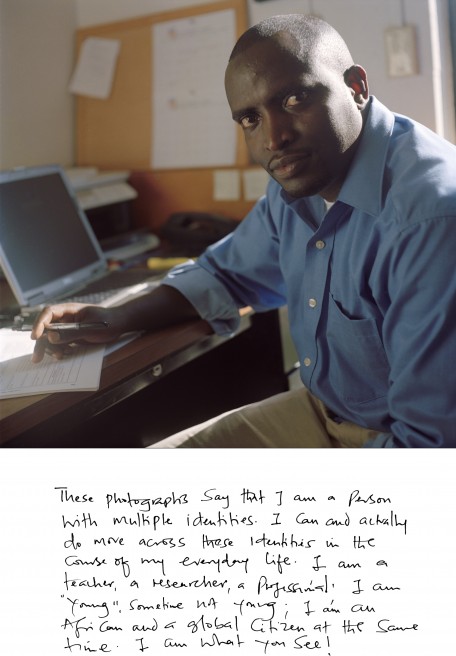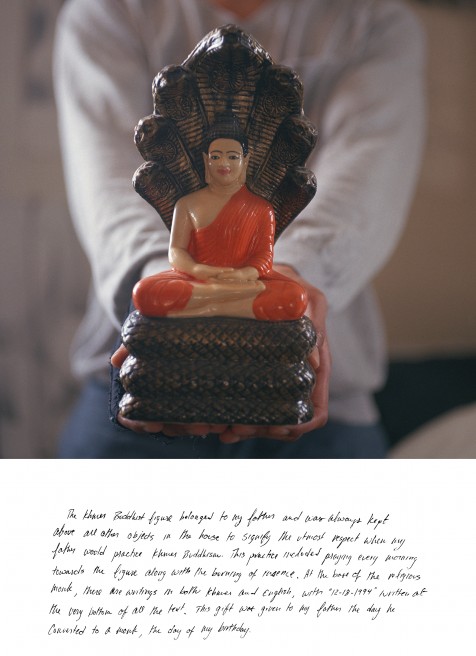Our understanding of the world is reflective of the words and images we see on a daily basis. Through media, we understand mainstream national politics and receive portrayals of population groups within society. Rarely, however, are media representations cultivated within the populations they seek to portray. If one reads between the lines of popular representations of marginalized groups in the U.S., one can trace legacies of racism and struggle. The depiction of the immigrant in North America is used by politicians to swing votes and push policies and, dependig on the political and economic climate, the depiction itself can swing from the image of the tender seedlings of the American dream to that of a menacing criminal presence. For immigrants themselves however, such representations have material weight and real consequences. Rarely is this ethnically and socioeconomically diverse group given the space in society to cultivate their own portrayal. The post 9/11 national fear of the "foreigner" was not a new phenomenon, but merely a current manifestation of an old blame game. In times of political or economic strife, minority groups are targeted for societal problems that are ultimately systemic. But when these individuals step into the spotlight and represent themselves, the picture looks very different.
In this series, I collaborated with eight men and women and two young girls of different backgrounds and national origins, to create portraits that tell a story in their own words. Those I photographed were participants in the making of their image, in revealing and performing the self. All ten participants resided in the Pioneer valley of Western Massachusetts. They come from different countries in Asia, Africa, and South America and are diverse in their cultural backgrounds and economic status. The year-Âlong project sometimes required vulnerable people to reveal intimate aspects of their lives, so it was necessary to achieve a level of trust in each other. Through lengthy one-Âon-Âone discussions, we chose settings and locations for their portraits that related to each individual's daily ife. They were encouraged to include possessions in the photos that hold symbolic meaning or convey personal history. One participant incorporated her family members. Another incorporated the child she cared for. It was important for me to create images that were vocal. I wanted to make photos in which the subject was not just a face to look at, but one that spoke to the viewer. After giving copies of the portraits to each participant, they wrote a reflection on the images. These statements served as personal narrations. I asked them questions about the settings of the photographs, about their goals and fears, and about the concept of "home". I then paired their photographs with selections from their writings. As separate portraits, each photograph conveys one element of an individual's life that is both particular and universal. Taken as a whole, central themes and common threads emerge. A sense of family becomes central to the series. Work and rootedness in the Pioneer valley become central as well, although there remains a cultural connection to the places from which they came.
This project was born out of the conviction that photography must be a process of exchange. It is a testament to teachers, learners, artists, and caretakers "“ to workers, parents, and sacrificers who stretch their roots across borders "“ to storyweavers everywhere.
Sasha Mishkin
Photographer
Fluid Roots
Private Story
Fluid Roots





















